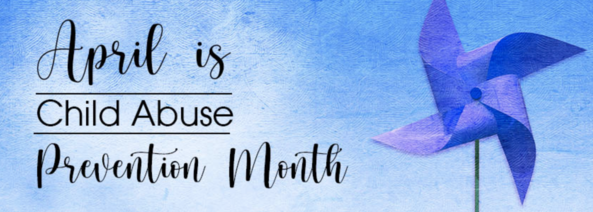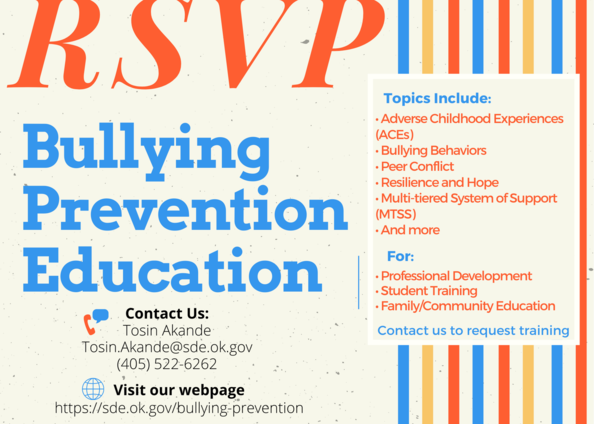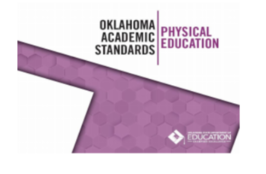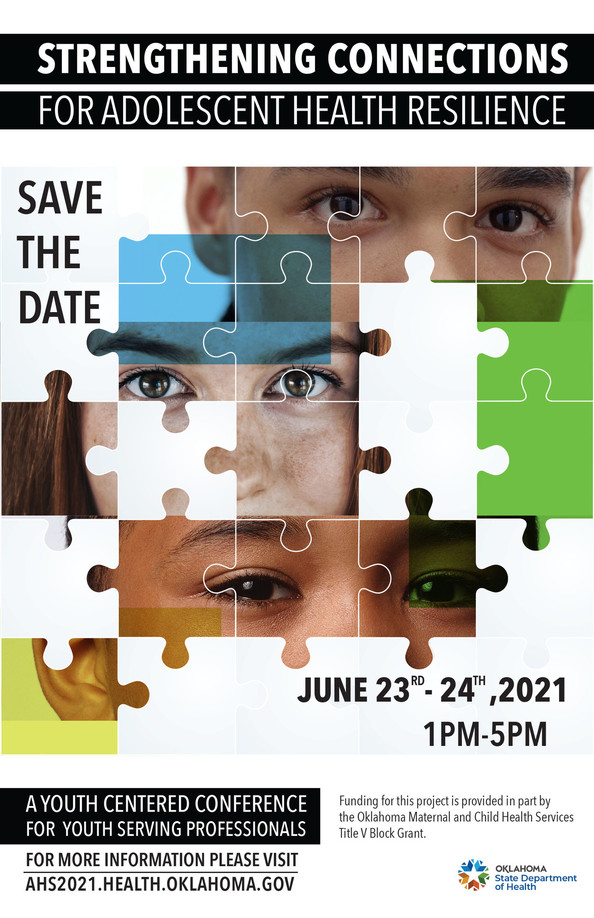|
Contents:

What is a Positive School Climate?
Positive School Climate is the quantity of the value, culture, safety practices, and organizational structures within a school that causes it to function and react in particular ways. Teaching practices, diversity, and the relationships among administrators, teachers, parents, and students contribute to the School Climate.
Although the two terms School Climate and School Culture are somewhat interchangeable, School Climate refers mainly to the School's effects on students. In contrast, School Culture refers more to the way teachers and other staff members work together. (ASCD)
Equity In Education
“Equity in education is when every student is invited and welcomed into a system of teaching and learning that is fluid, responsive, dynamic, and that uses all available resources to meet student needs.” (MTSS Innovations)
The quality of education that students receive directly correlates to the outcome of their adult lives. Early childhood education has the power to shape a child’s future, and the more resources available to them, the better. For this reason, educators must address any barriers young students face when succeeding in school. A fair and inclusive system that makes the advantages of education available to all is one of the most powerful levers to make society more equitable.
The key is equity. Equity means offering individualized support to students that address possible barriers, like poverty or limited transportation. Teachers agree that equity is essential, but many don’t know how to best work towards it in their classrooms. However, once educators have the right strategies to promote equity in schools, they can make sure each student is prepared to reach their potential.
Equity, Diversity & Cultural Sensitivity
Cultural sensitivity is a set of behaviors, attitudes, and policies that come together in a system, or among professionals that enables practical work in cross-cultural situations.
- The ability to successfully teach students who come from backgrounds other than our own.
- Developing personal and interpersonal awareness and sensitivities
- Developing bodies of cultural knowledge and mastering a set of skills that, taken together, underlie effective cross-cultural teaching (Diller & Moule, 2005)
Culturally responsive services will likely offer a greater sense of safety. (SAMHSA)
Action Steps:
- Evaluate disproportionality in discipline practices, policies, academic material, stakeholder engagement, and daily educational practices.
- Implement restorative discipline policies and resist exclusionary actions that keep students out of the classroom and school.
- Establish a safe and predictable school environment for all students.
- Promote equality for all students and staff through social and emotional skills that include diverse perspectives.
For more information, reach out to Heather Graham, OSDE School Climate Specialist.
|
 Spread the Word
Whether by proclamation, through social media, with graphics, or through other means, spreading the word about child abuse prevention lets your school and community know they can take action to strengthen families and help them thrive. Use these free prevention outreach tools to engage your community in supporting children, youth, and families this National Child Abuse Prevention Month (NCAPM)!
Download and share the Outreach Toolkit
Protective Factors
Protective factors are conditions or attributes that, when present in families and communities, increase the well-being of children and families and reduce the likelihood of maltreatment. Identifying protective factors helps parents find resources, supports, or coping strategies that allow them to parent effectively—even under stress. There are 6 protective factors:
- Nurturing and attachment
- Knowledge of parenting and of child and youth development
- Parental resilience
- Social connections
- Concrete supports for parents
- Social and emotional competence of children
Schools are a great place to build protective factors for all students! Social and Emotional learning programs not only help build important skills for students, but can also help build protective factors that can help combat the effects of adverse childhood experiences.
For a list of social and emotional programs you can implement in your school or classroom, see CASEL's Program Finder.
For more information about protective factors, see Protective Factors to Promote Well-Being.


The Oklahoma State Department of Education (OSDE) is seeking input from knowledgeable and experienced K-12 Physical Education and Health teachers, higher education faculty, and community stakeholders to participate in the revision of the Oklahoma Academic Standards for Physical Education and Health as required by 70 O.S. § 11-103.6a:
“The subject matter standards shall be thoroughly reviewed by the State Board every six (6) years according to and in coordination with the existing subject area textbook adoption cycle. After review, the State Board shall adopt any revisions in such subject matter standards deemed necessary to achieve further improvements in the quality of education for the students of this state.”
The Oklahoma Academic Standards for Physical Education and Health were last revised in 2016.
There are two opportunities to serve during the process; the Writing Team will be involved in the initial review and any revision of the standards, and the Draft Review Team will be charged with reviewing the drafts of the standards and providing critical feedback. Team members will be selected to serve on the committees ensuring representation from a variety of characteristics, including geography, grade level, subject area, ethnic and cultural backgrounds, and experience.
All Oklahomans interested should complete the official application to be considered for the selection of the Oklahoma Academic Standards Physical Education and Health Committee. The selections will be announced no later than May 14th, 2021. Applicants are asked to tentatively protect indicated dates in case they are selected to serve on either team.
If you have questions, please contact Shana Classen, Director of Health and Physical Education, at shana.classen@sde.ok.gov.
|

|